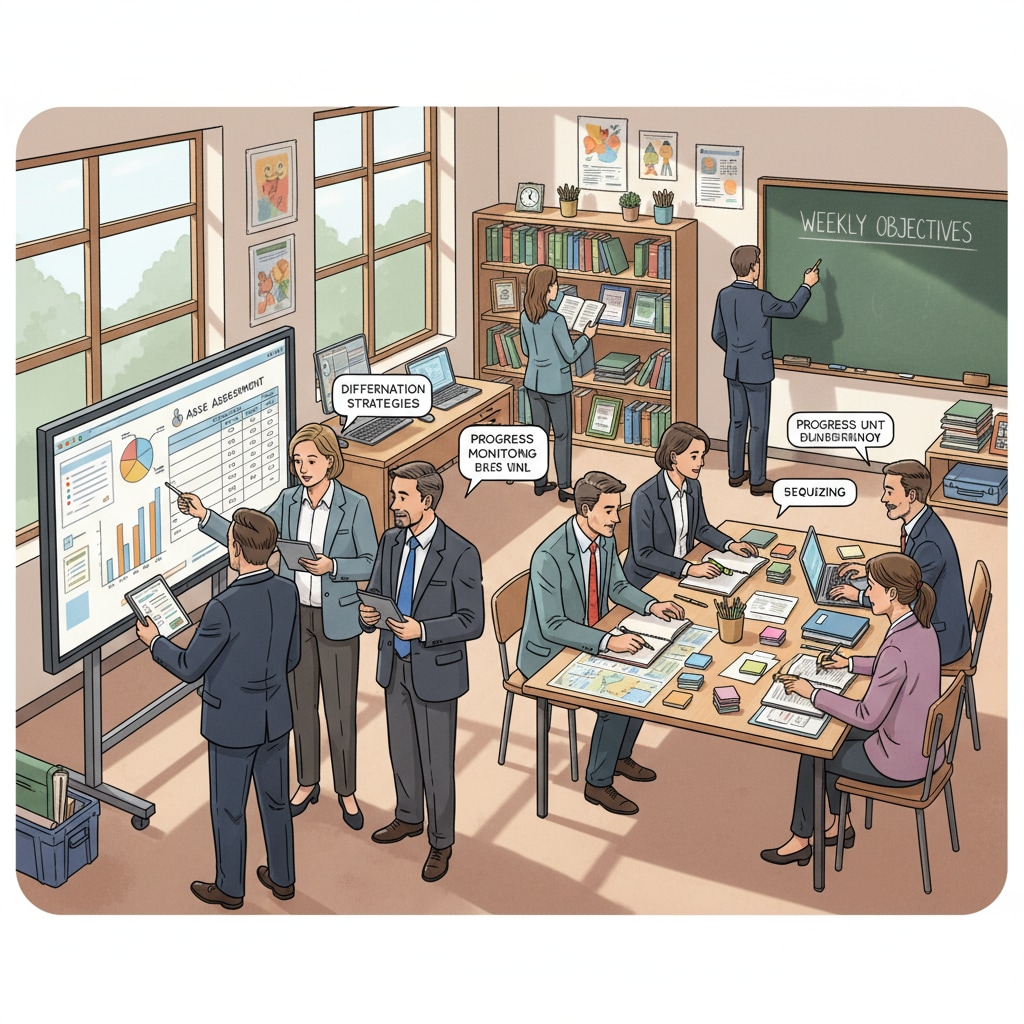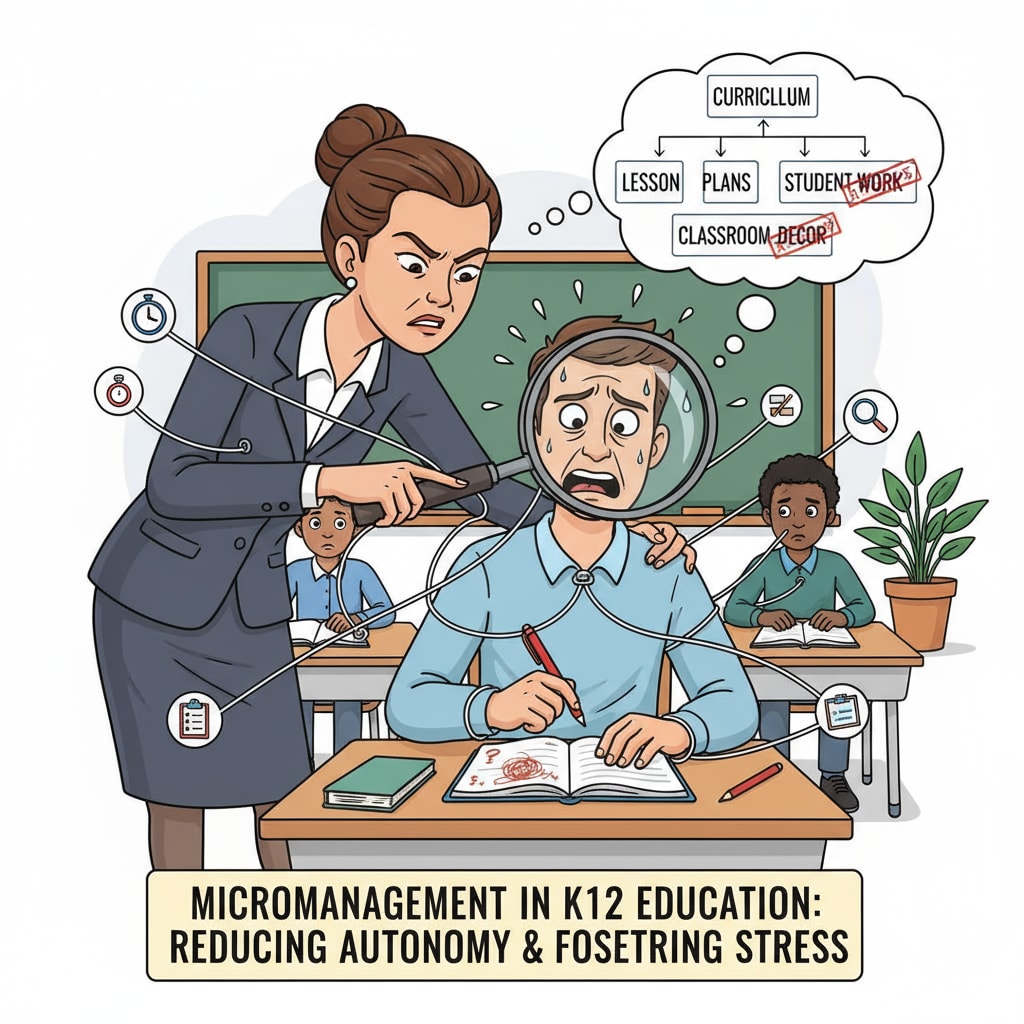In the realm of K12 education, data documentation, micromanagement, teaching planning, and administrative intervention are intertwined elements that significantly impact the teaching and learning process. Teachers often find themselves caught in the crossfire between the need to record data and the level of administrative control. This article delves into this complex landscape to find the optimal balance.

The Pressure of Data Documentation
Data documentation has become an integral part of K12 education. Schools and districts now require teachers to collect and record various types of data, such as student performance, attendance, and engagement. For example, teachers may need to track a student’s test scores over time to identify areas of improvement. Student data privacy on NEA also plays a crucial role here, as teachers must ensure the security of this information. However, this can be a time-consuming task, taking away valuable time from actual teaching and lesson planning.
The Pitfalls of Micromanagement
Micromanagement in K12 education often means that administrators closely monitor every aspect of a teacher’s work. They might dictate teaching methods, curriculum pacing, and even the materials used. While the intention may be to ensure consistency and quality, it can have negative consequences. Teachers may feel restricted in their creativity and autonomy. For instance, a teacher who has a unique approach to teaching a subject may be unable to implement it due to strict administrative guidelines. Micromanagement in education on ASCD

The Allure of Autonomous Teaching
On the other hand, complete autonomous teaching offers teachers the freedom to design their own curricula, choose teaching methods that suit their students, and manage their classrooms as they see fit. This can lead to more engaging and personalized learning experiences for students. Teachers can better respond to the diverse needs of their students. However, without any administrative oversight, there may be a lack of consistency across classrooms and a potential for some teachers to overlook important educational standards.
Finding the Balance: Trust and Accountability
The key to a successful K12 education environment lies in finding a balance between data-driven requirements, micromanagement, and teaching autonomy. A model based on trust and accountability can be effective. Administrators should trust teachers to use their professional judgment in teaching, while also holding them accountable for student outcomes. For example, instead of micromanaging teaching methods, administrators can set clear goals and allow teachers to decide how best to achieve them. Regular data sharing can also help in evaluating the effectiveness of teaching strategies.
Readability guidance: By using short paragraphs and lists, we have presented the complex issues in K12 education in a clear manner. Each section focuses on a key aspect, and the use of external links provides additional resources for further exploration. Transition words like ‘however’, ‘on the other hand’, and ‘for example’ help in guiding the reader through the discussion.


